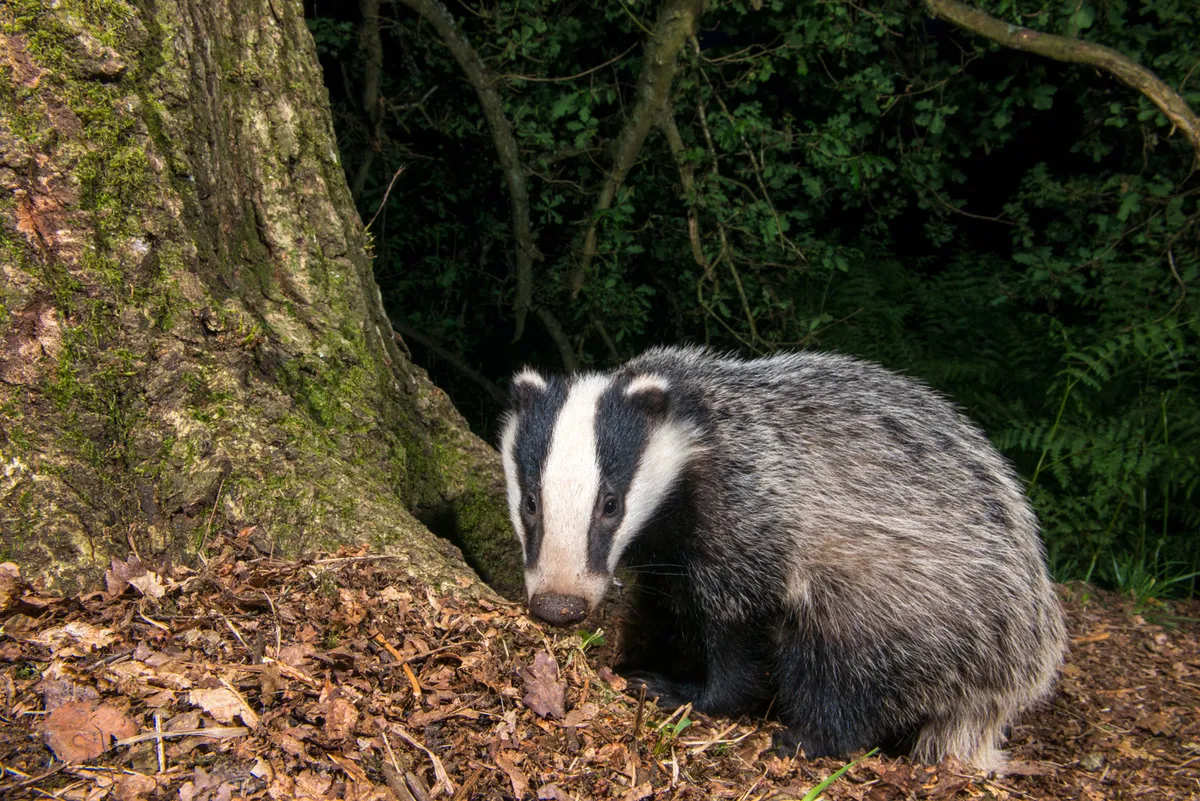Researchers from Nottingham Trent University and the University of Reading found that the issues affecting rural hedgehog populations are more diverse than previously thought with changes to the landscape, combined with an increased badger population, have created a "perfect storm" for hedgehogs.
The UK's hedgehog population has fallen by half since 2000, the State of British Hedgehogs report revealed earlier this year.
Published today in Scientific Reports, the study ‘Reduced occupancy of hedgehogs in rural England and Wales: the influence of habitat and an asymmetric intra-guild predator’, investigates the effects of the availability of key habitat types and badger sett density on native hedgehogs.
- Rural hedgehog numbers fall by half since 2000
- Our guide to hedgehogs: where to see and how to help hedgehogs in your garden
- Hedgehog decline: Are badgers to blame?
- Best hedgehog houses for your garden
As part of the survey, funded by the People's Trust for Endangered Species (PTES) and the British Hedgehog Preservation Society, 261 rural sites covering all habitat types, from arable farmland to upland sites, across England and Wales were surveyed between 2014 and 2015 using footprint tracking tunnels.
While the results don’t dispute that high numbers of badgers can have a negative impact on hedgehog populations, neither hedgehogs or badgers were present at 70 sites (27%), suggesting the landscape was no longer unsuitable for either species.
However, study also found evidence of both species co-existing at nearly half of sites surveyed, although said that more work needs to be done to investigate how and why the two species can co-exist in some areas.

PTES grants manager Nida Al-Fulaij, said: “Badgers are what’s known as ‘intra-guild predators’, meaning they predate hedgehogs but also compete with them for food resources. This naturally makes their relationship complex, which we already knew, but until now we didn’t realise the extent to which changes in the landscape were affecting both species”.
Primary author of the study, Ben Williams, from the University of Reading, said: "We found hedgehogs at 55 sites. We also found that badger setts were present at 49% of these sites, demonstrating that badgers and hedgehogs can, and do, coexist, as was the case historically for thousands of years prior to the recent decline in hedgehog numbers. However, perhaps more importantly our results indicate that a large proportion of rural England and Wales is potentially unsuitable for both hedgehogs and badgers to live in.
"Given the similarity in diets of the two species, one explanation for this could be the reduced availability of macro-invertebrate prey (such as earthworms) which both species need to feed on to survive. This could be as a result of agricultural intensification and climate change.”
